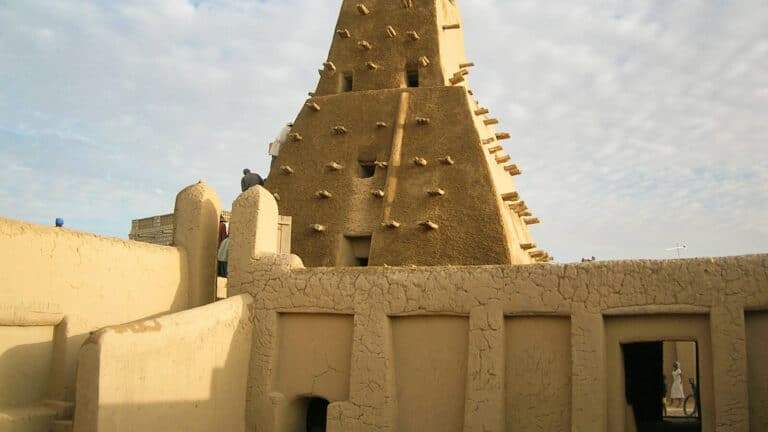Sara Martinsen Builds Guesthouse Using Danish Native Plants
Danish Designer Transforms Plant Pavilion into Eco-Friendly Retreat
Danish designer Sara Martinsen has repurposed her plant-based “Rooted Potential” pavilion into a guest bedroom at her summerhouse in Jutland, near Copenhagen, using only native Danish plants and regional materials.
From Exhibition to Functional Guesthouse
Originally conceived for the Rooted Potential exhibition at Officinet in Copenhagen, Martinsen’s pavilion explored how local Danish flora could serve as viable construction materials. After the exhibition concluded, she relocated the structure to her summerhouse and transformed it into a cozy, plant-based guest space within her workshop.
The structure is entirely freestanding and built from 10 different plant fibres alongside various wood types. The chosen fibres include:
- Eelgrass
- Flax
- Clematis vitalba
- Japanese knotweed
- Cattail
- Lake bulrush
- Hemp
- Silver grass
- Pipe grass
- Yellow flag

Plant-Based Interior with Locally Sourced Materials
The guesthouse interior remains faithful to Martinsen’s concept of natural minimalism. It features linen bedsheets by Belgian brand Libeco and a mattress that consists of hemp insulation and eelgrass, wrapped in a linen casing.
“I wanted to allow guests to experience a full night’s sleep surrounded only by plant-based materials,” Martinsen told Dezeen. “All of the materials in the pavilion are regional and can be harvested in a radius of 100 kilometres from Copenhagen.”
Sustainable Construction Meets Craftsmanship
Martinsen, known for her expertise in natural fibres, carefully dried and processed most of the materials herself. The structure’s frame is built from pine, and each wall showcases unique natural construction methods:
- Side walls: linen upholstery filled with eelgrass
- Rear brise soleil: hemp fibre rolled into cigar-like tubes
- Doors: framed in hemp insulation with cattail mesh and clematis-stem handles
- Roof panels: created using ash shavings mounted on timber beams
The pavilion was designed to be easily disassembled, with screw fastenings and click mechanisms allowing components to be removed and reused.

Sensory and Sustainable Design Philosophy
Martinsen’s goal is to immerse visitors in a tactile, sensory environment made from breathable, eco-friendly materials. She hopes the physical experience will inspire more conscientious approaches to material sourcing and design.
“A strong understanding of materials can help us navigate towards more responsible behaviour,” she said. “The physical experience is important; it’s where we feel, see and smell, and thus understand and remember what we’ve learned.”
A Celebration of Local Flora and Identity
Beyond sustainability, Martinsen sees the project as a cultural statement. “The pavilion showcases the unique character that emerges when local flora is combined with artisanal techniques,” she explained.
She emphasized the importance of visual and cultural identity in a globalized world: “We humans need to put down roots and belong somewhere.”
Photos: Kristian Holm
For anyone looking for a reliable and up-to-date architectural resource, ArchUp offers fresh content covering projects, design, and competitions.
More on ArchUp:






